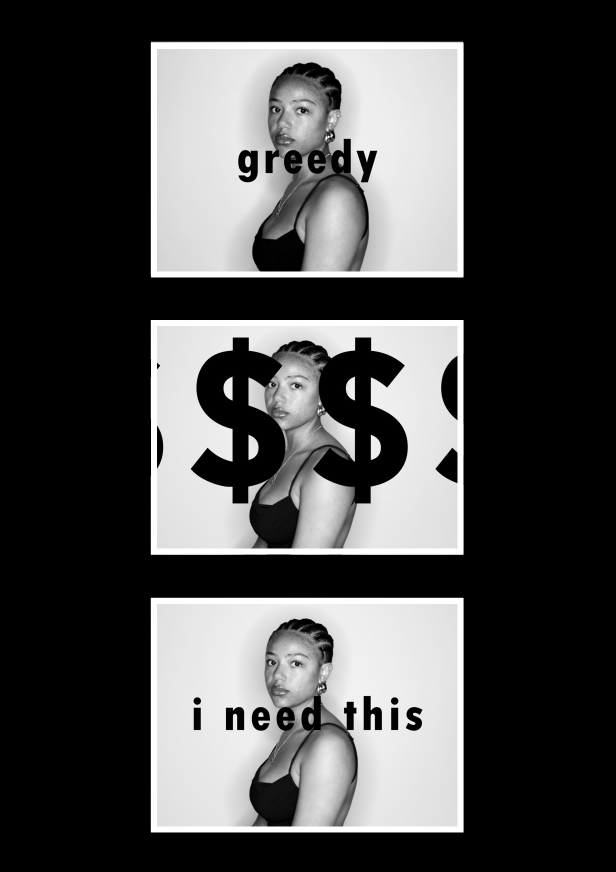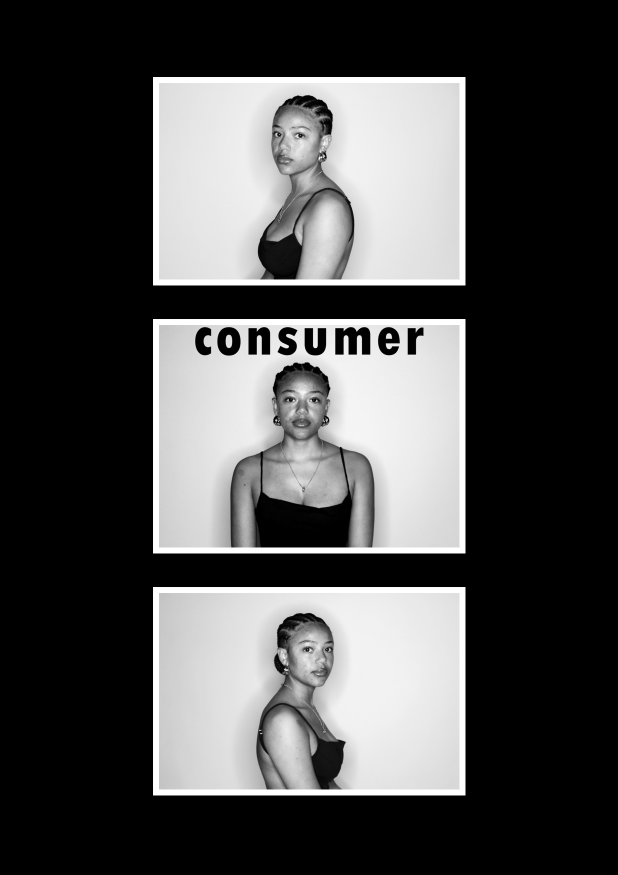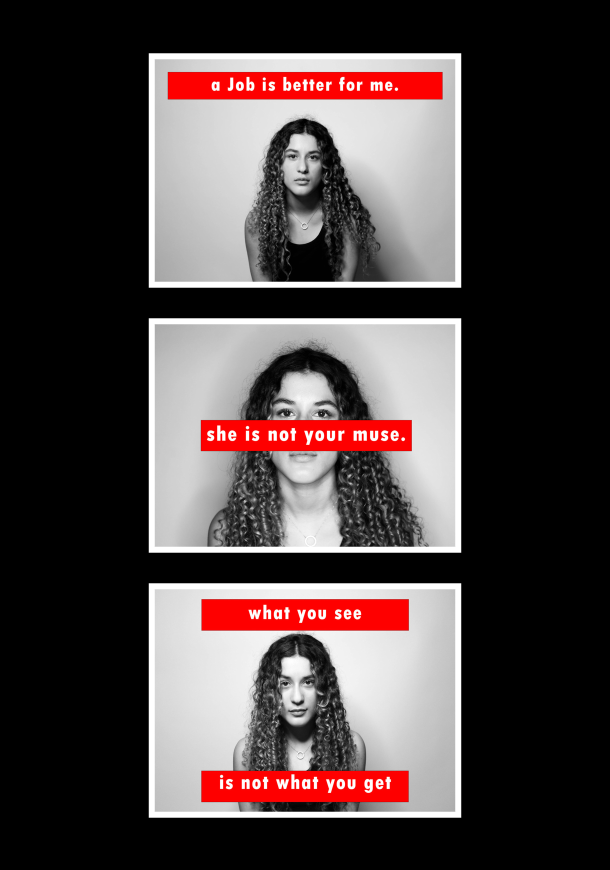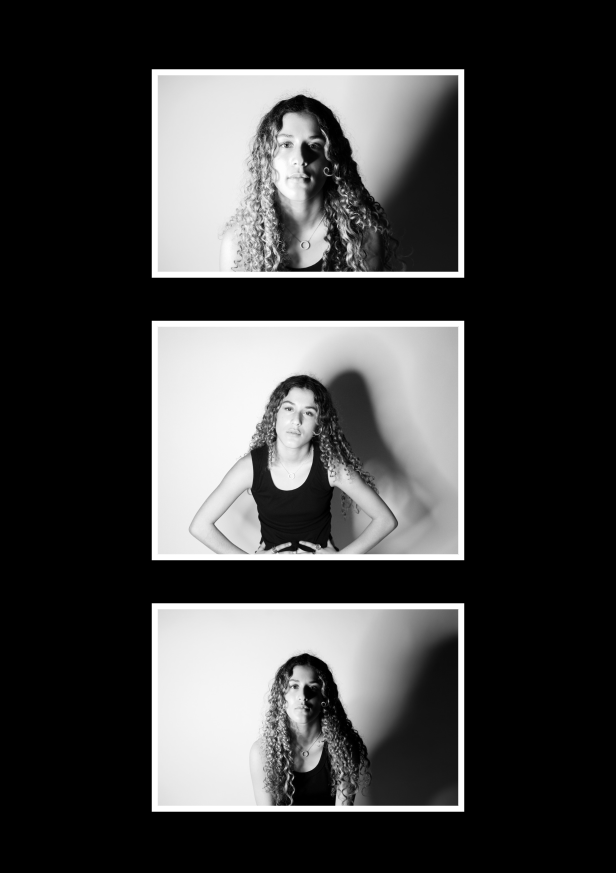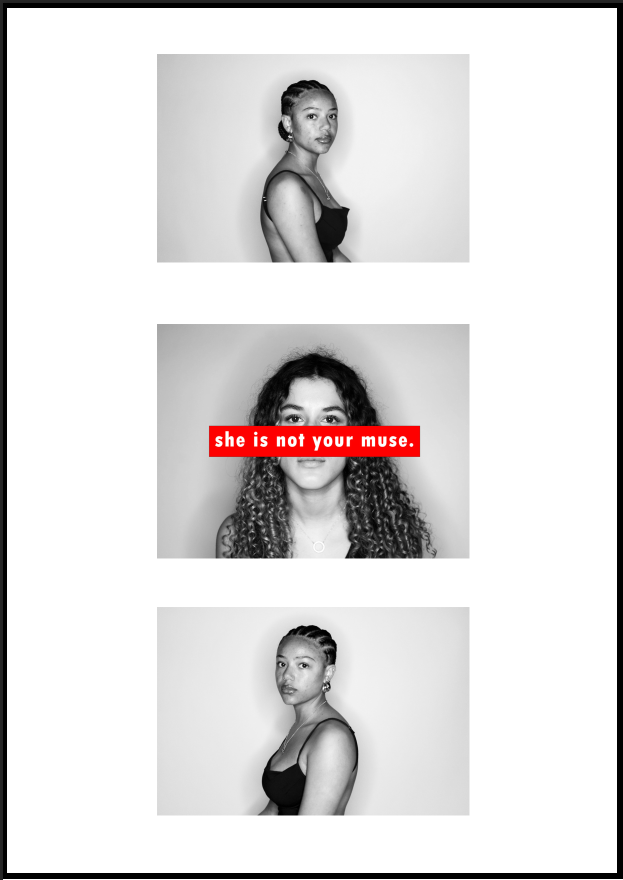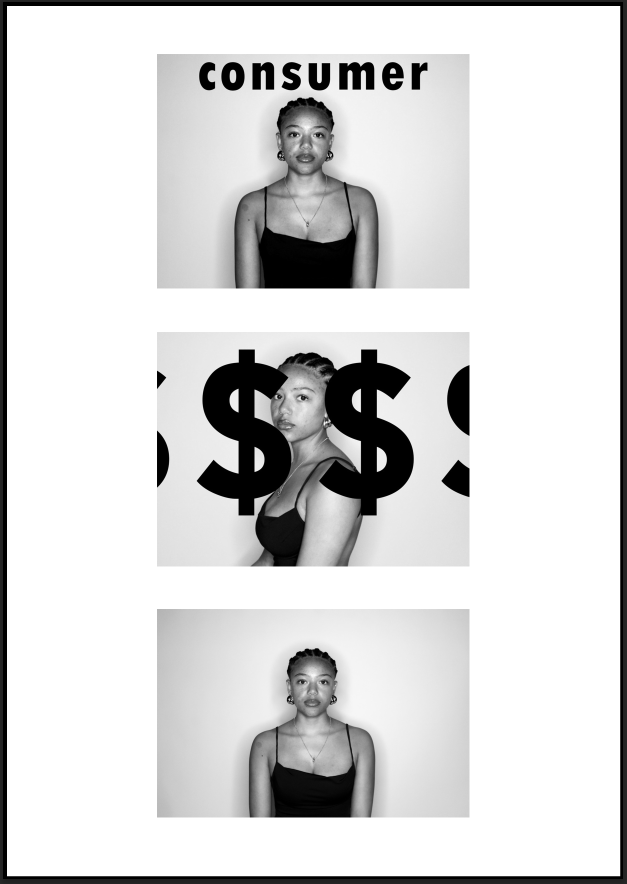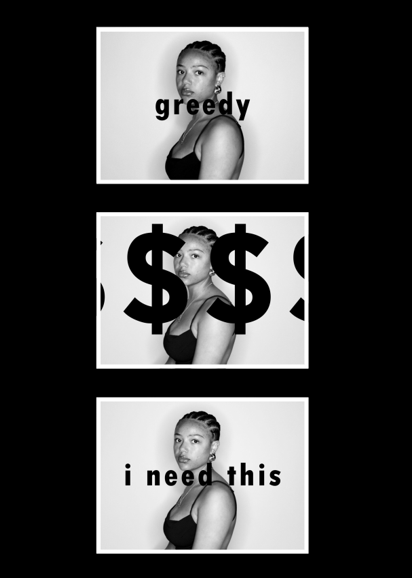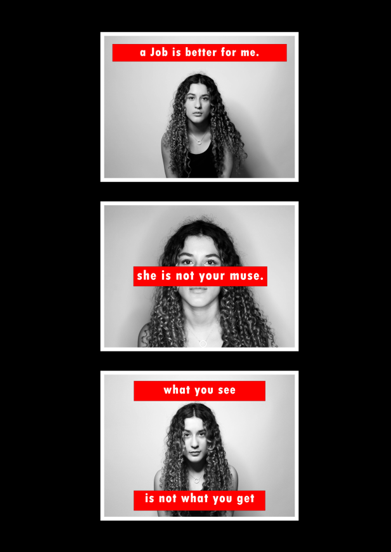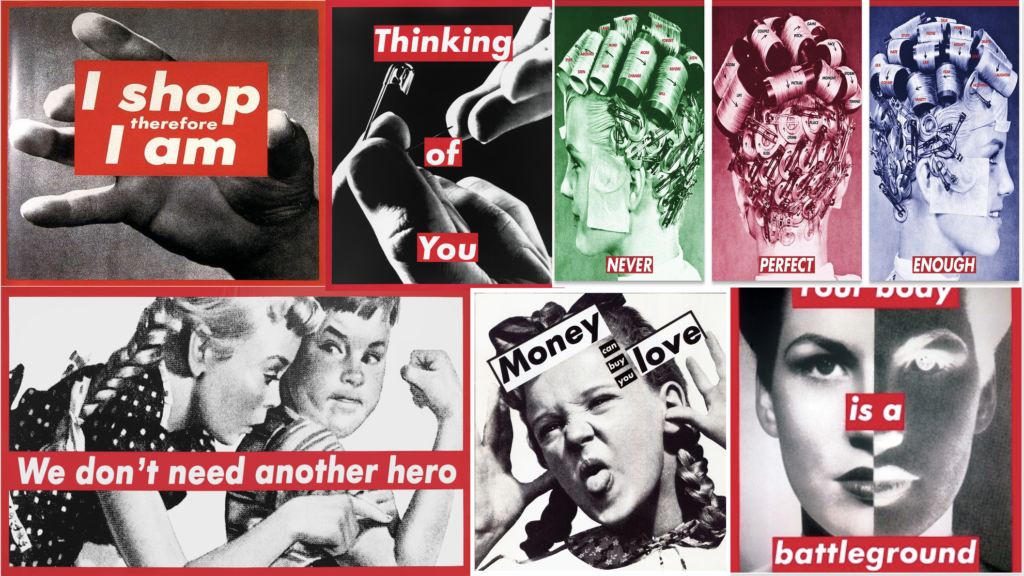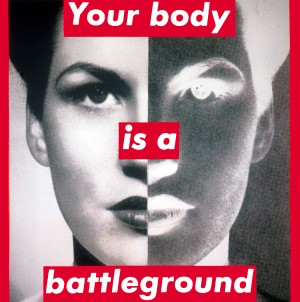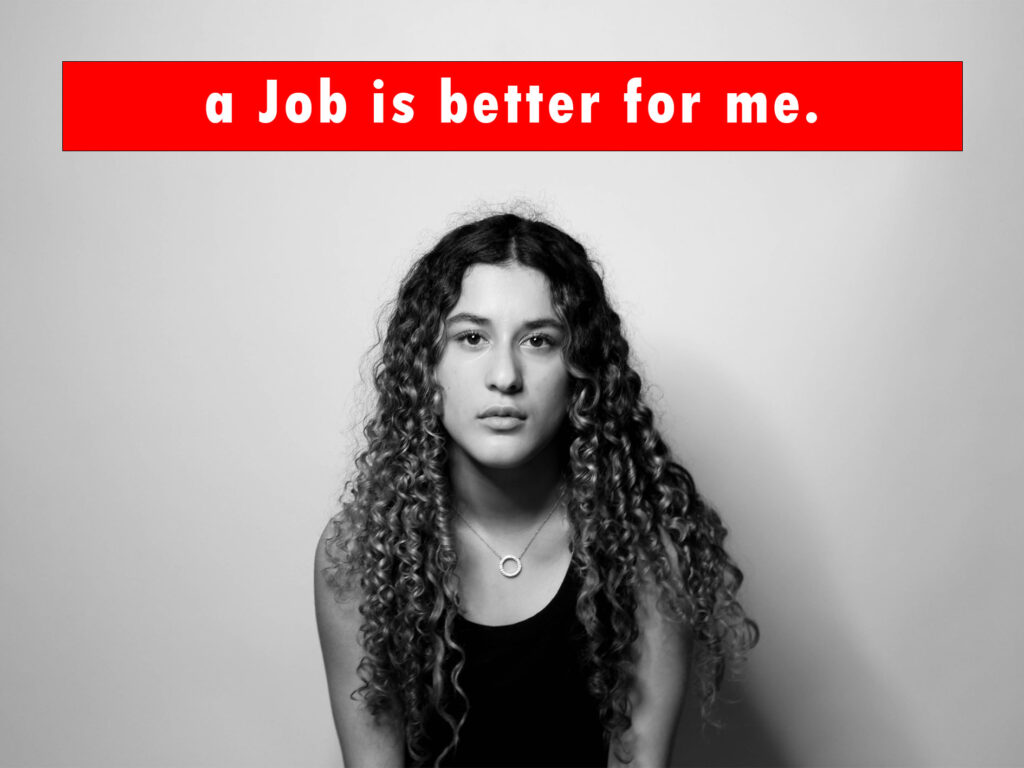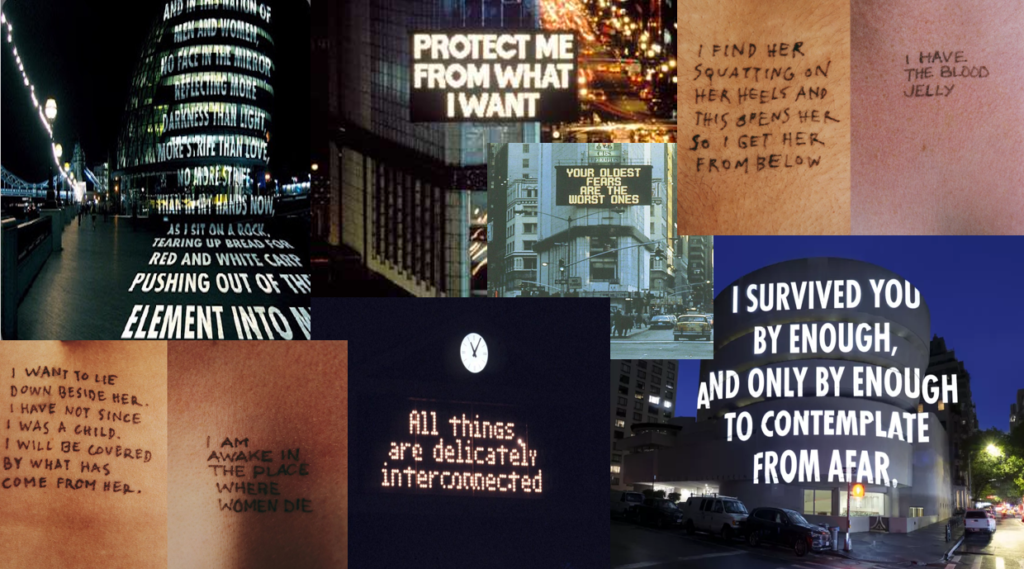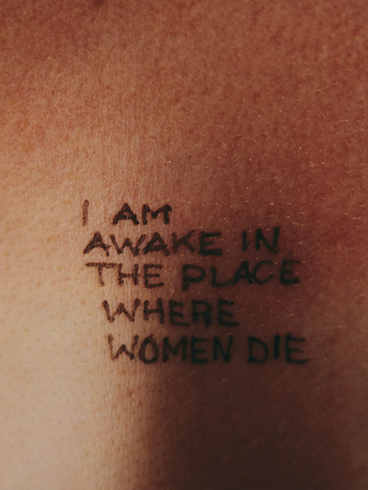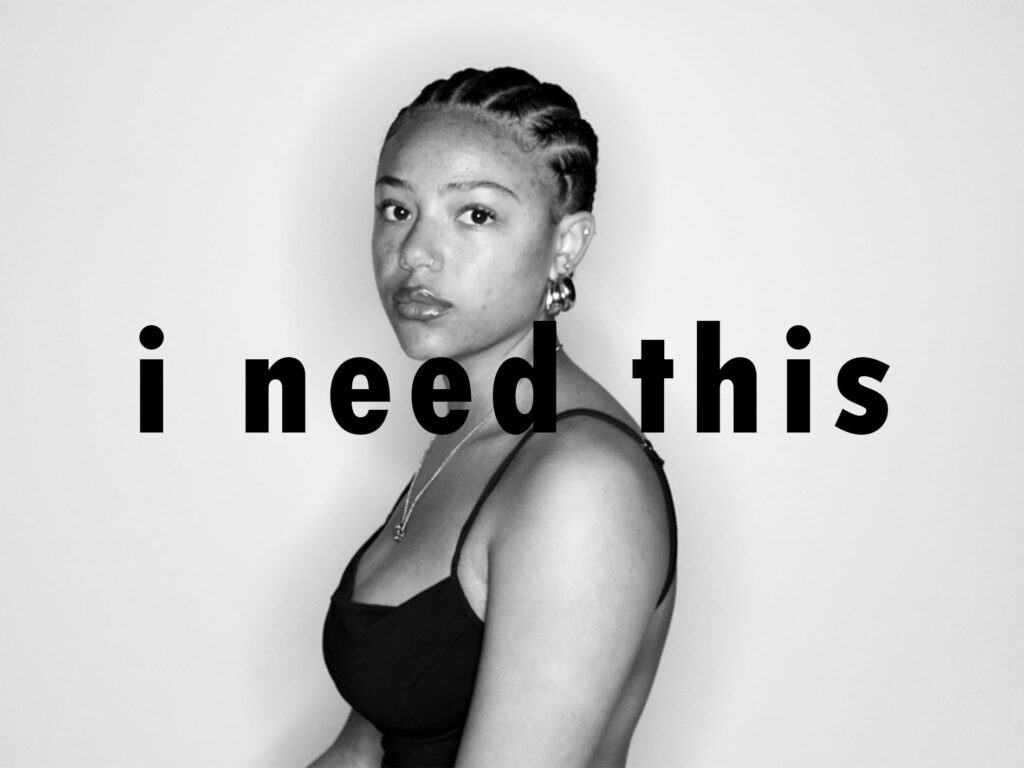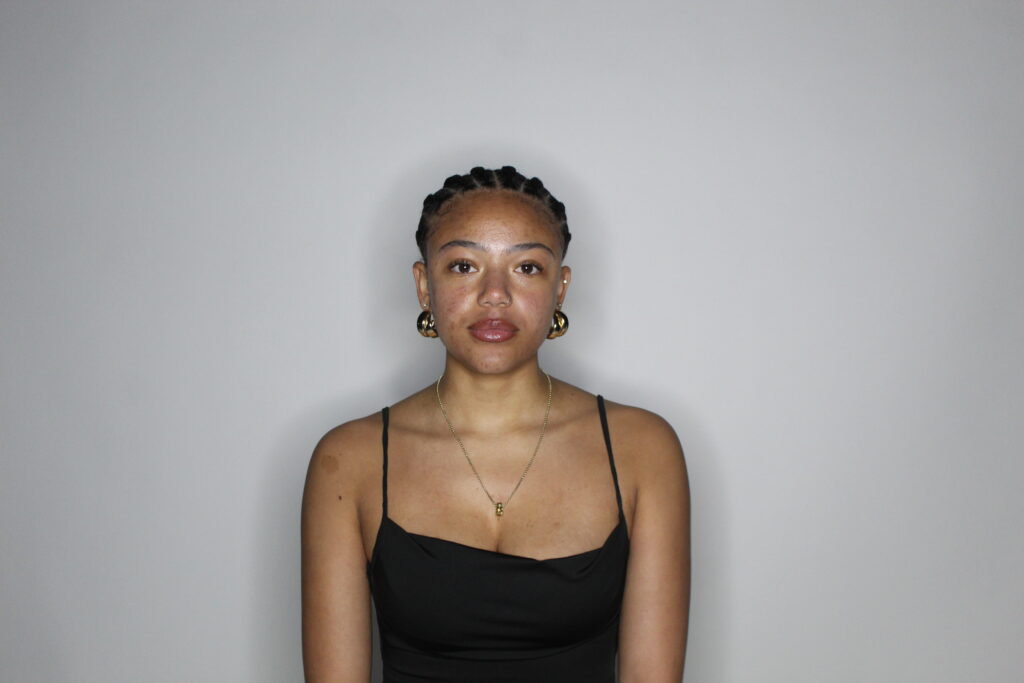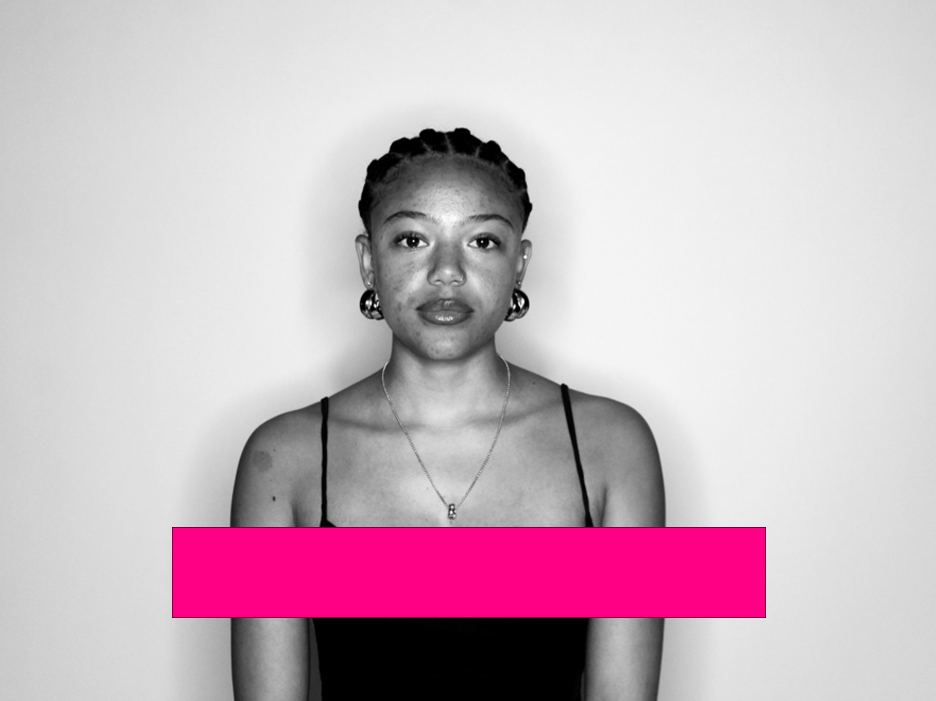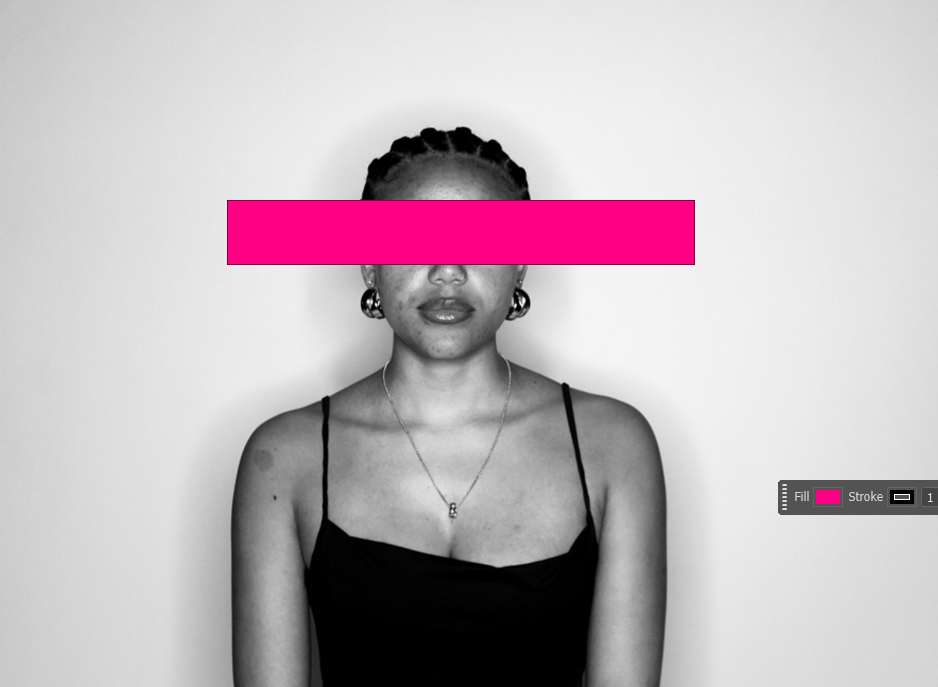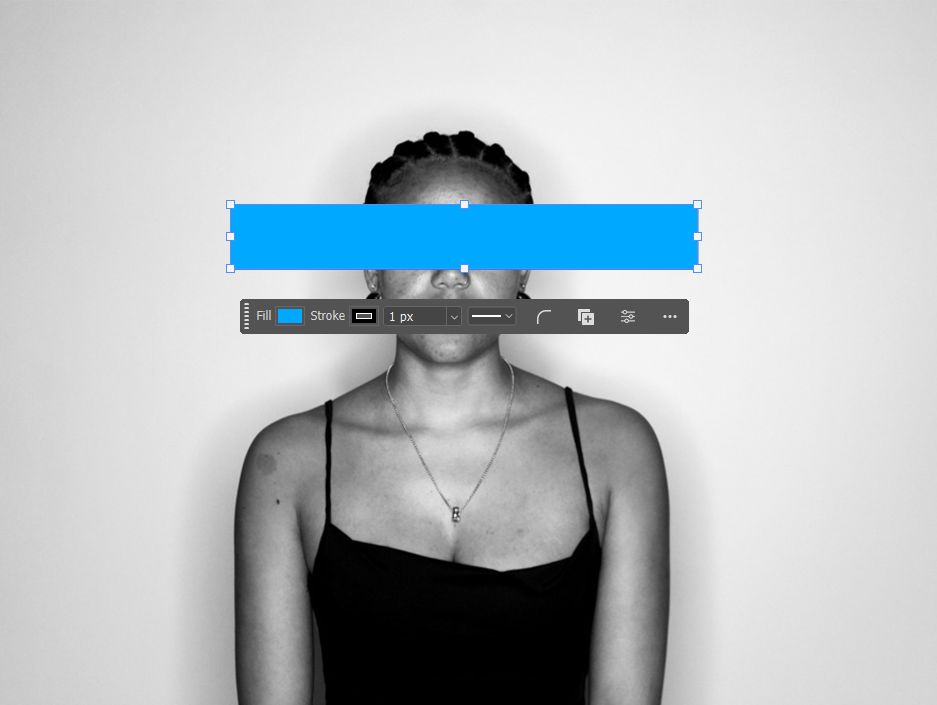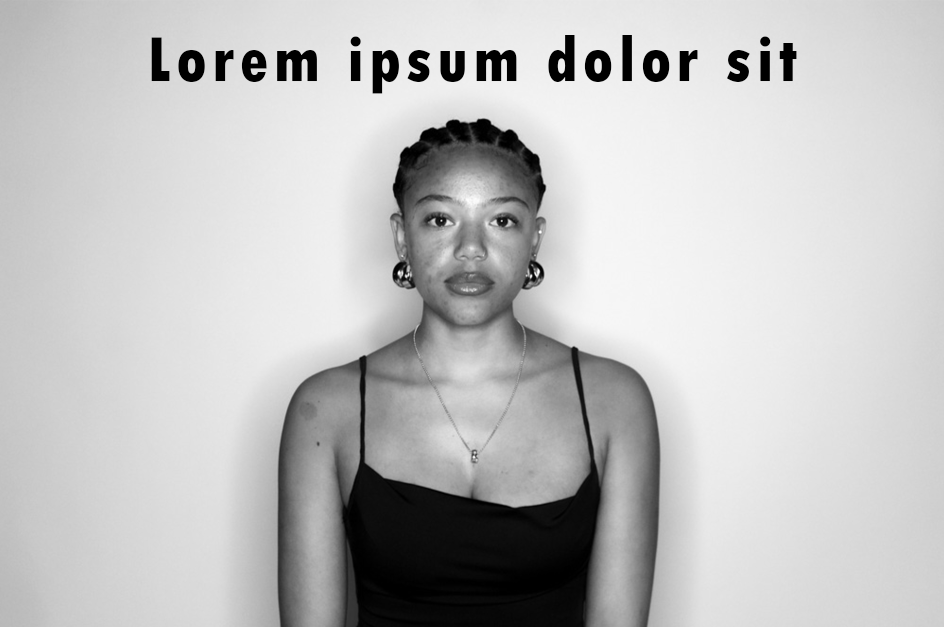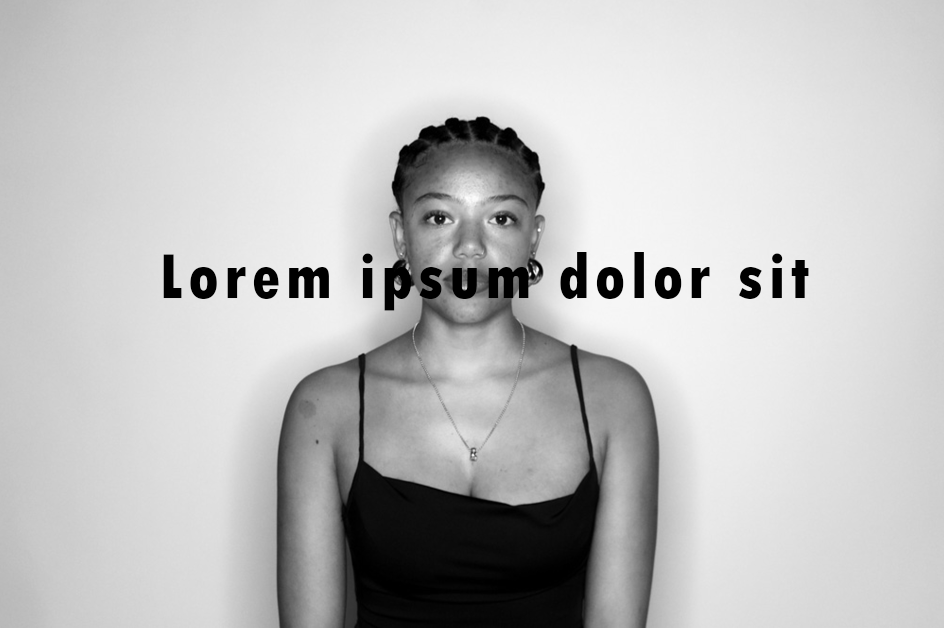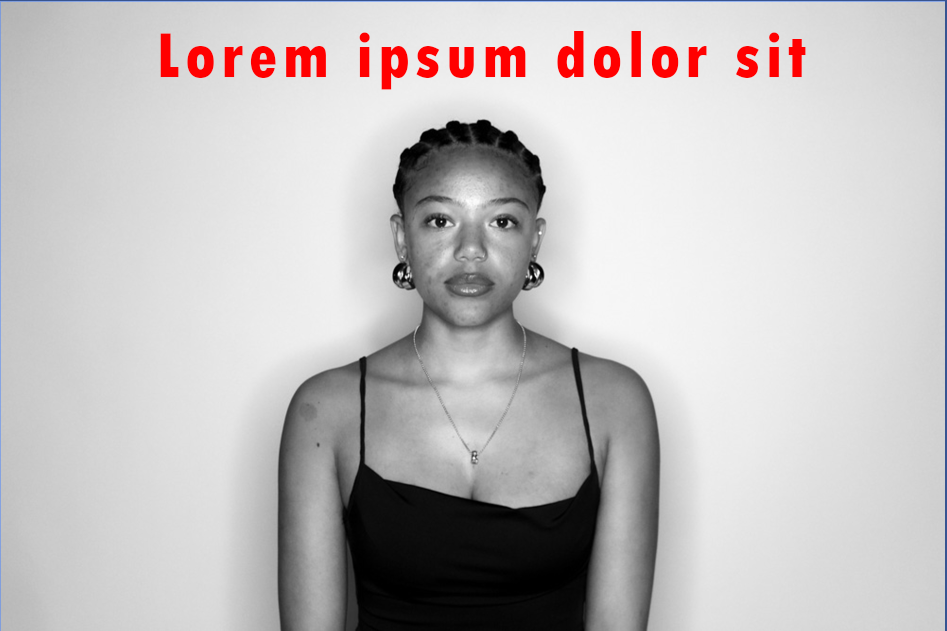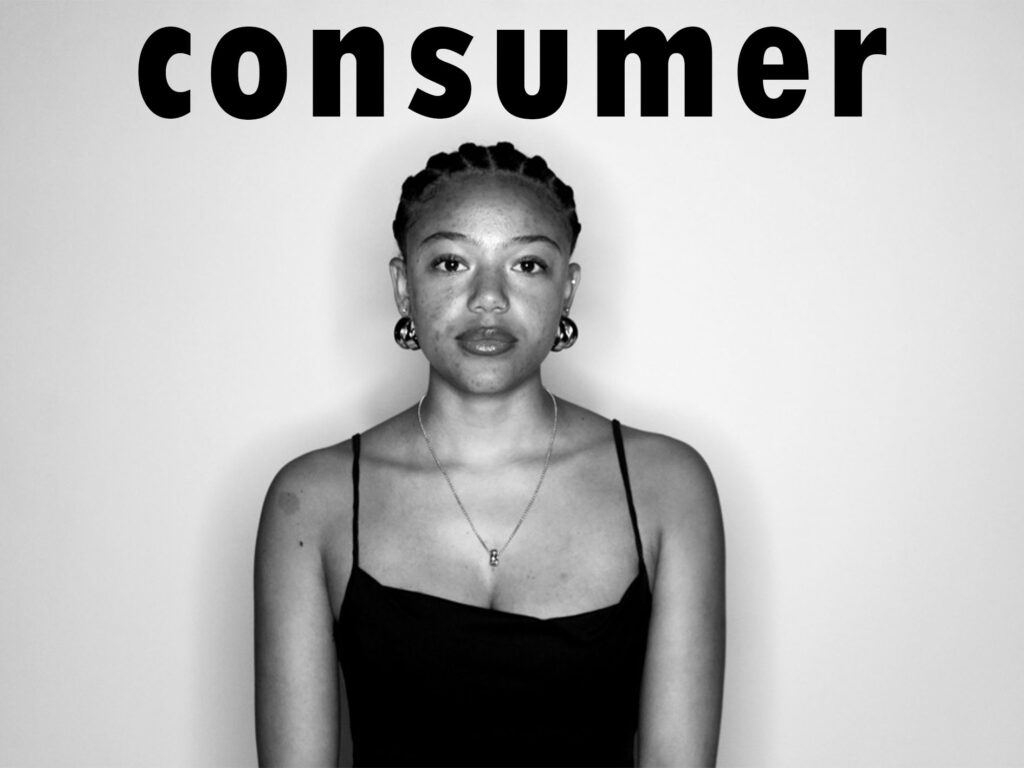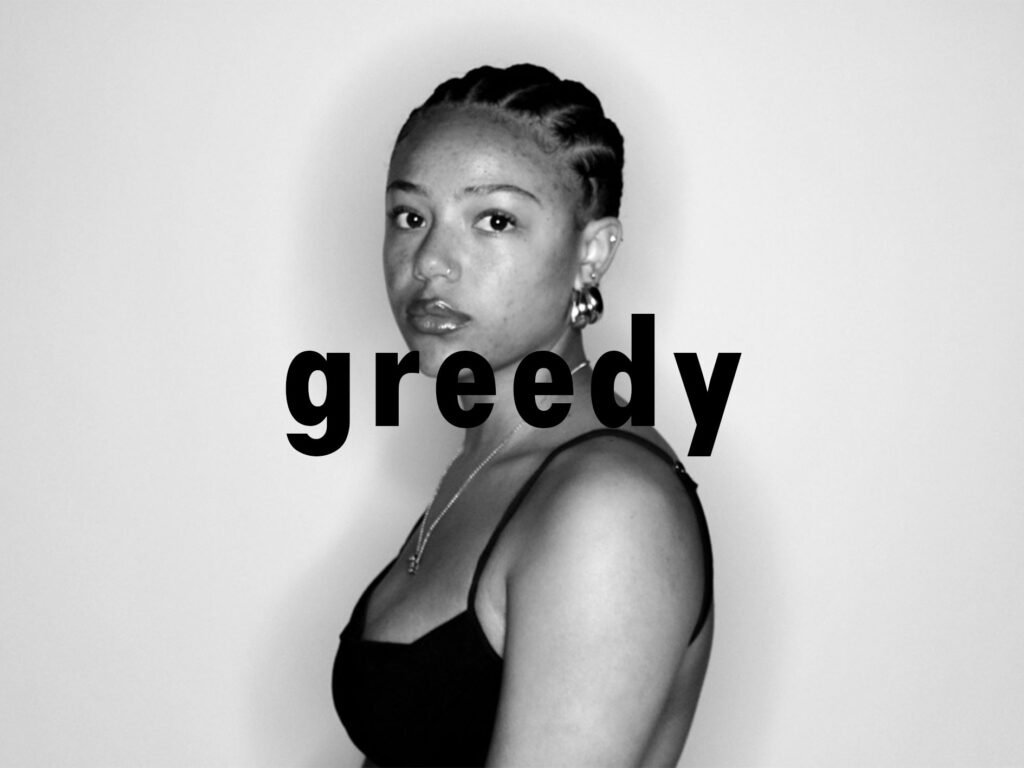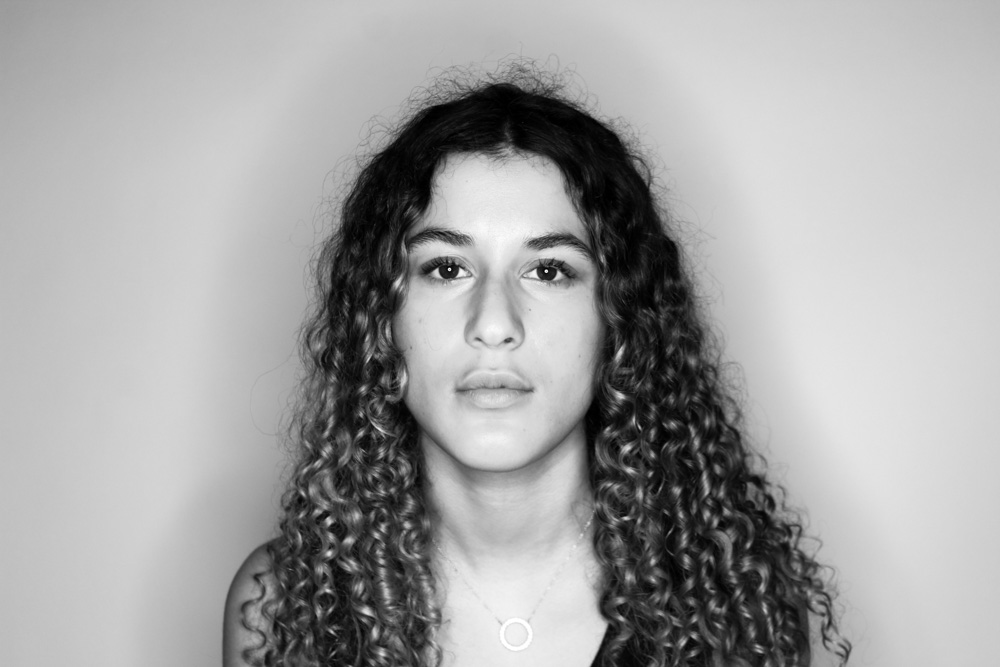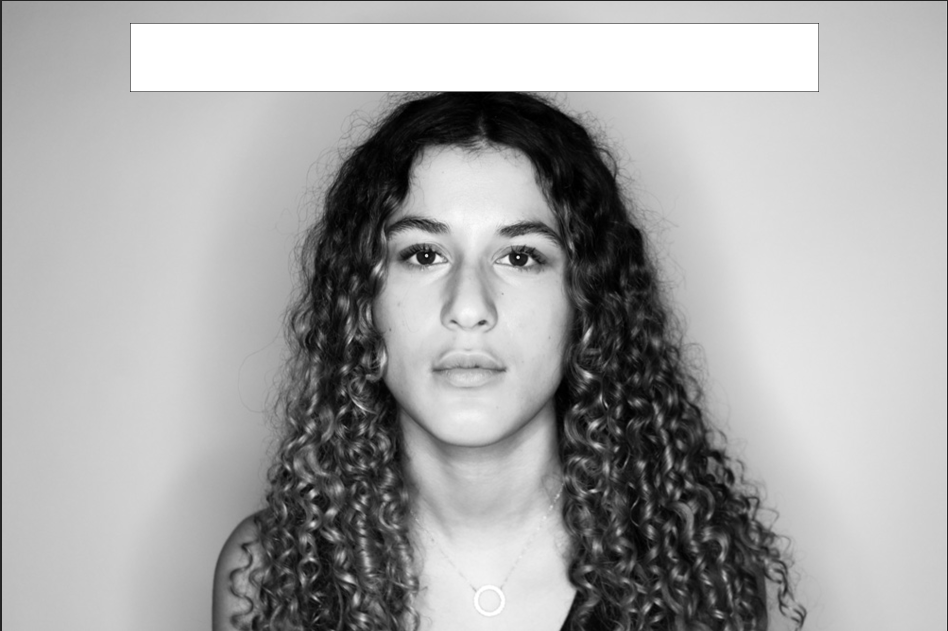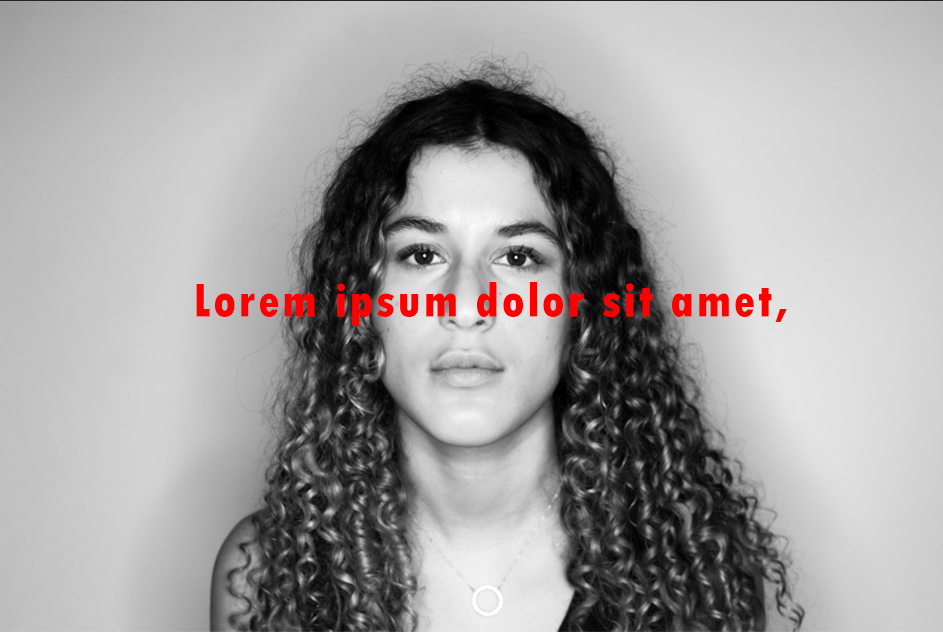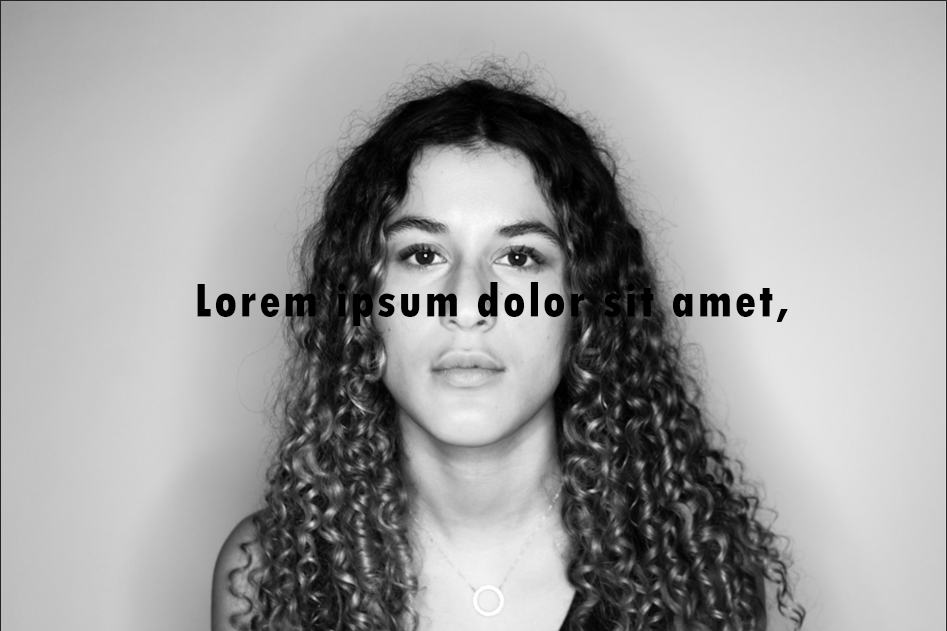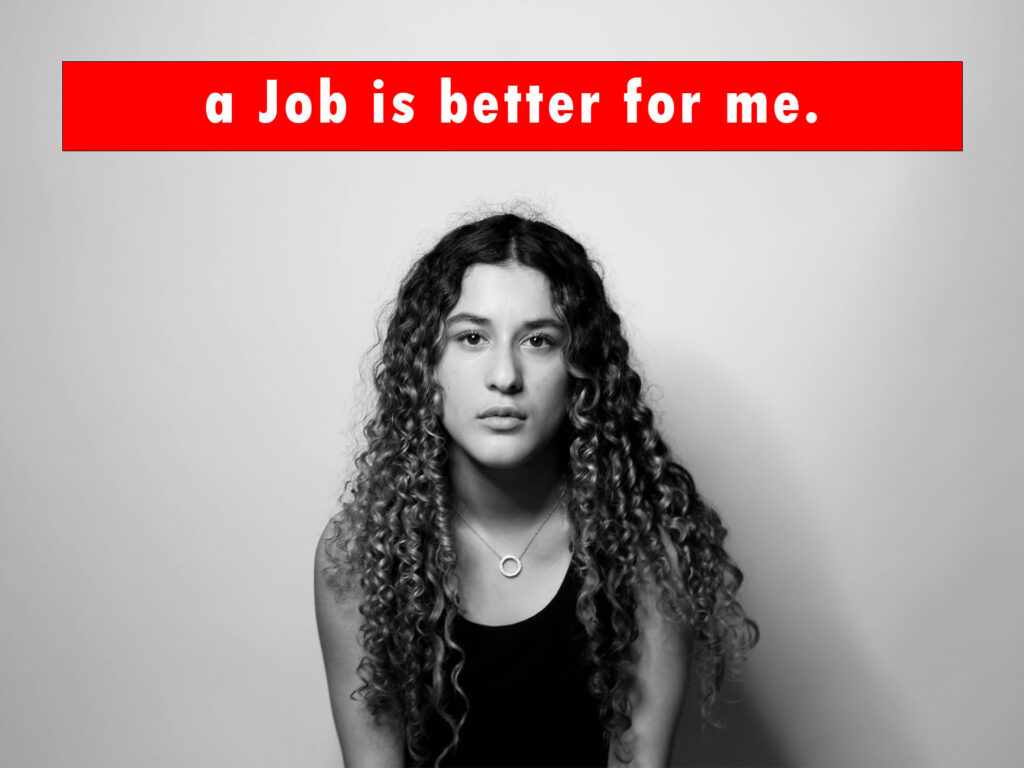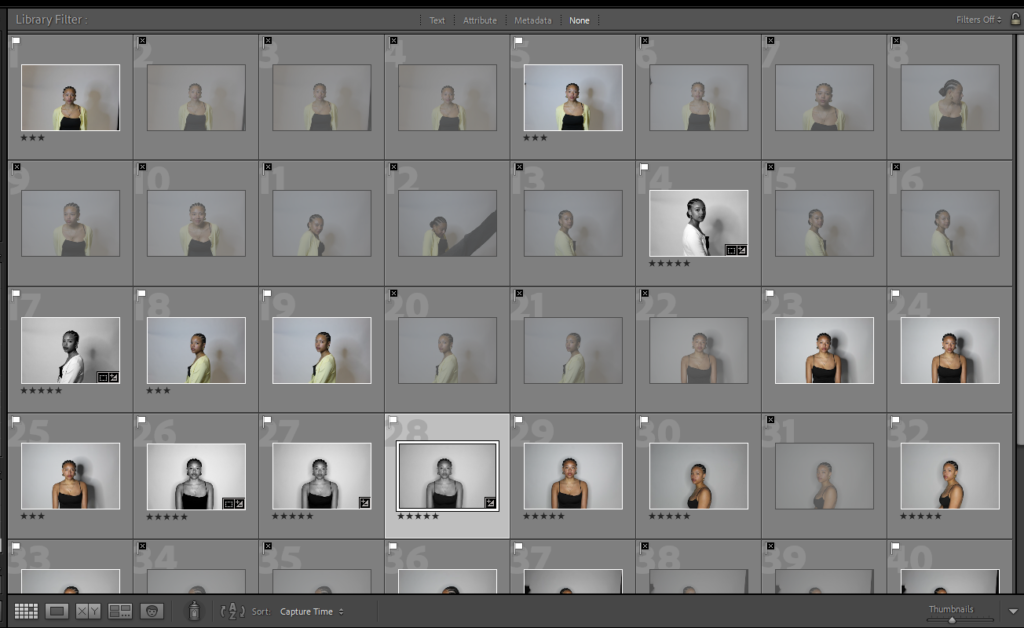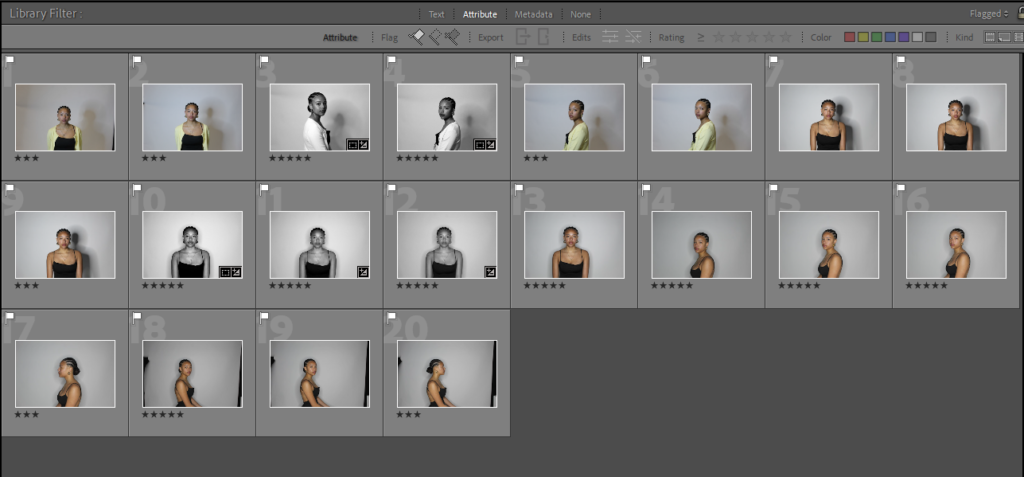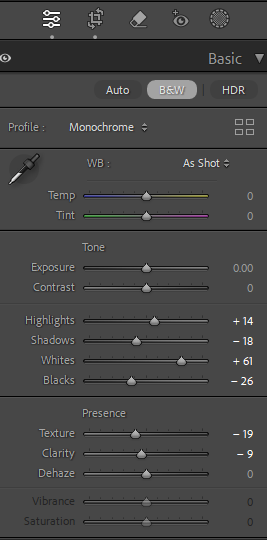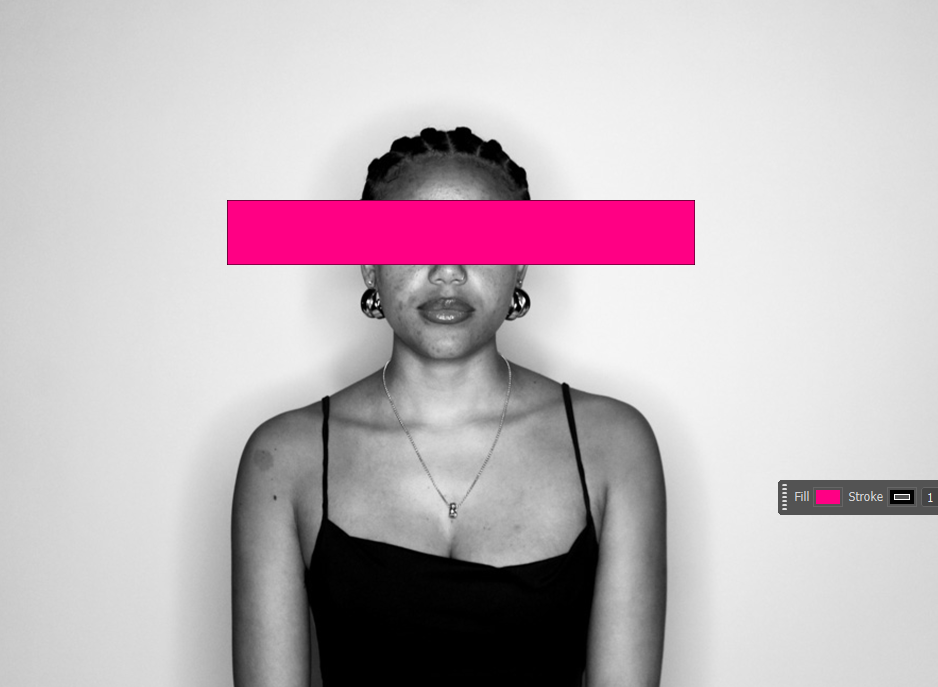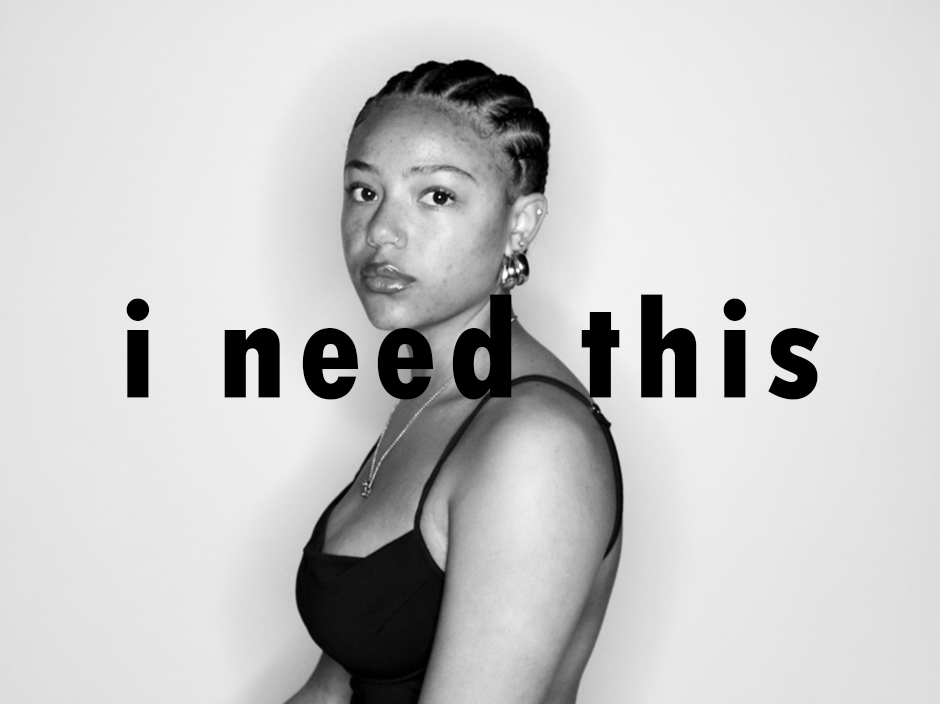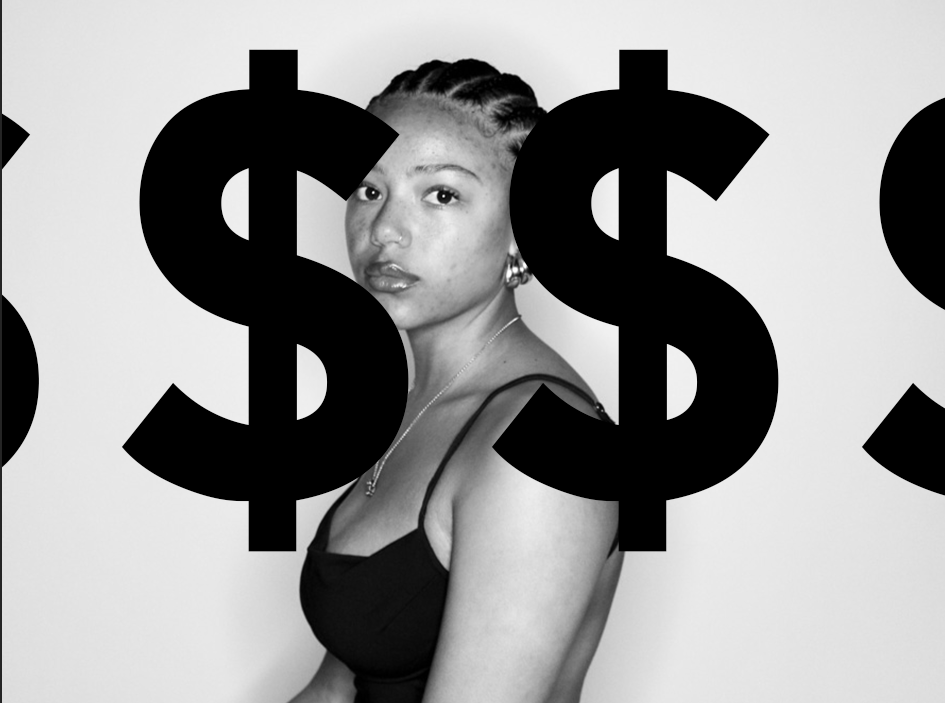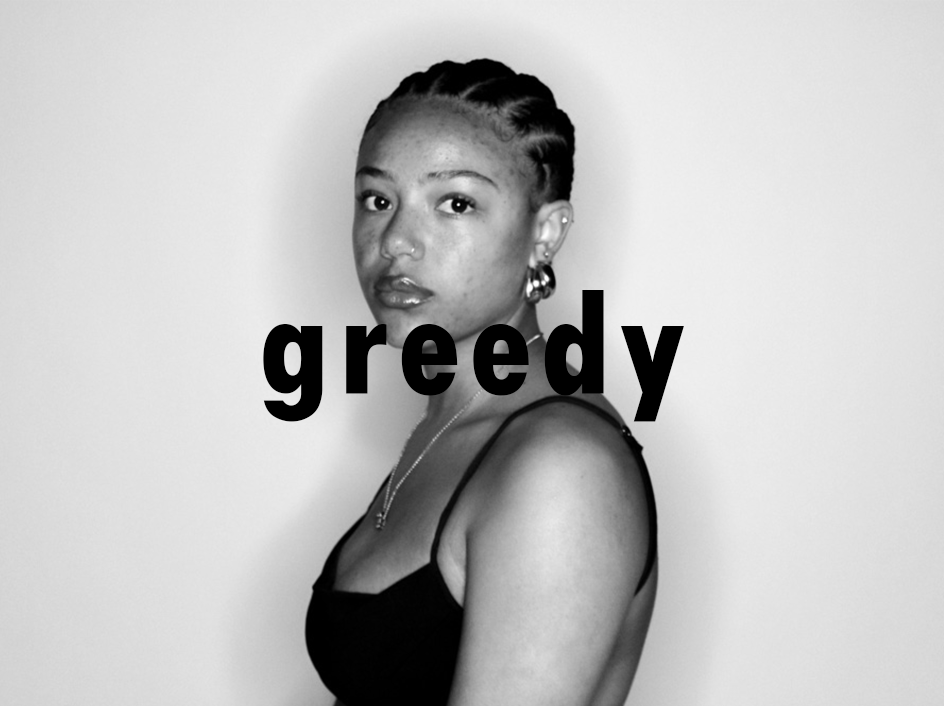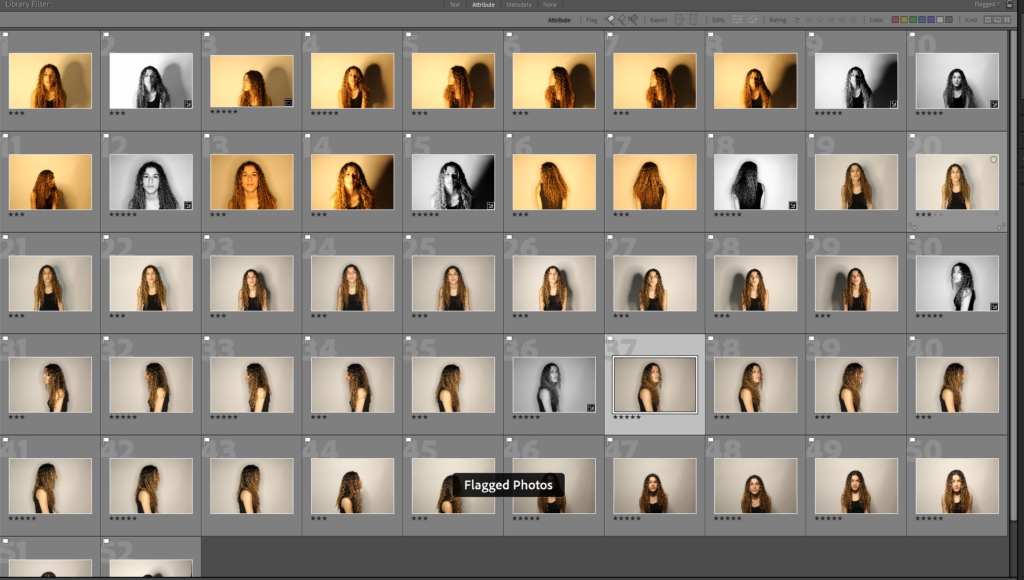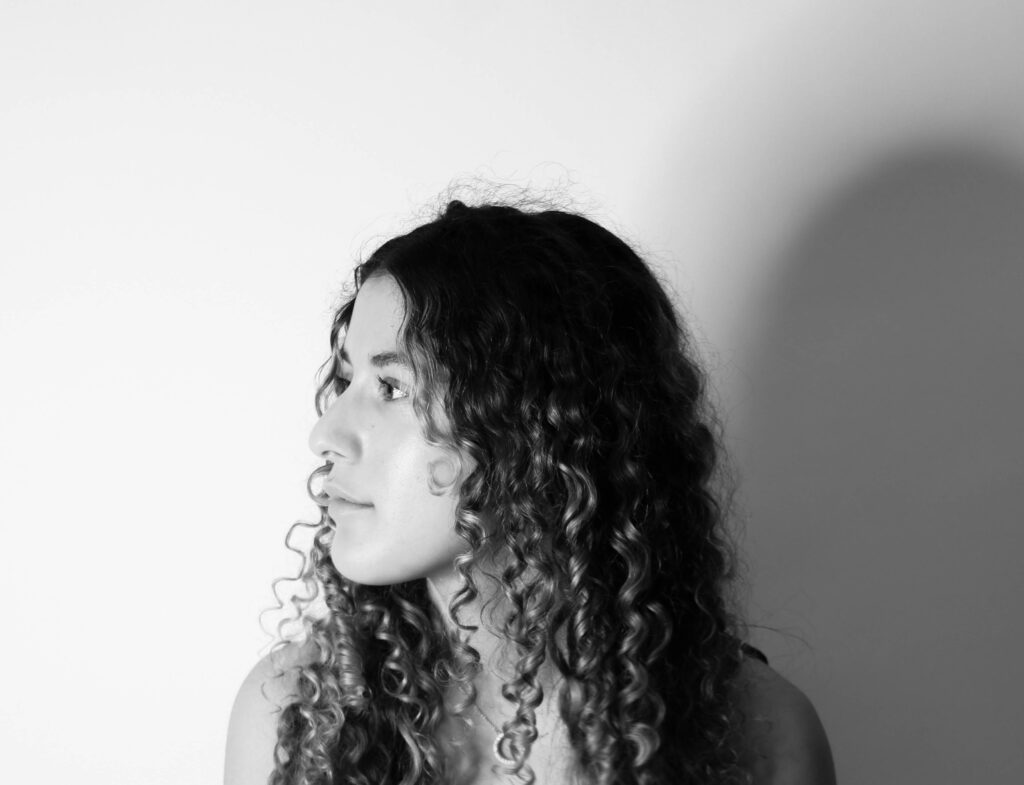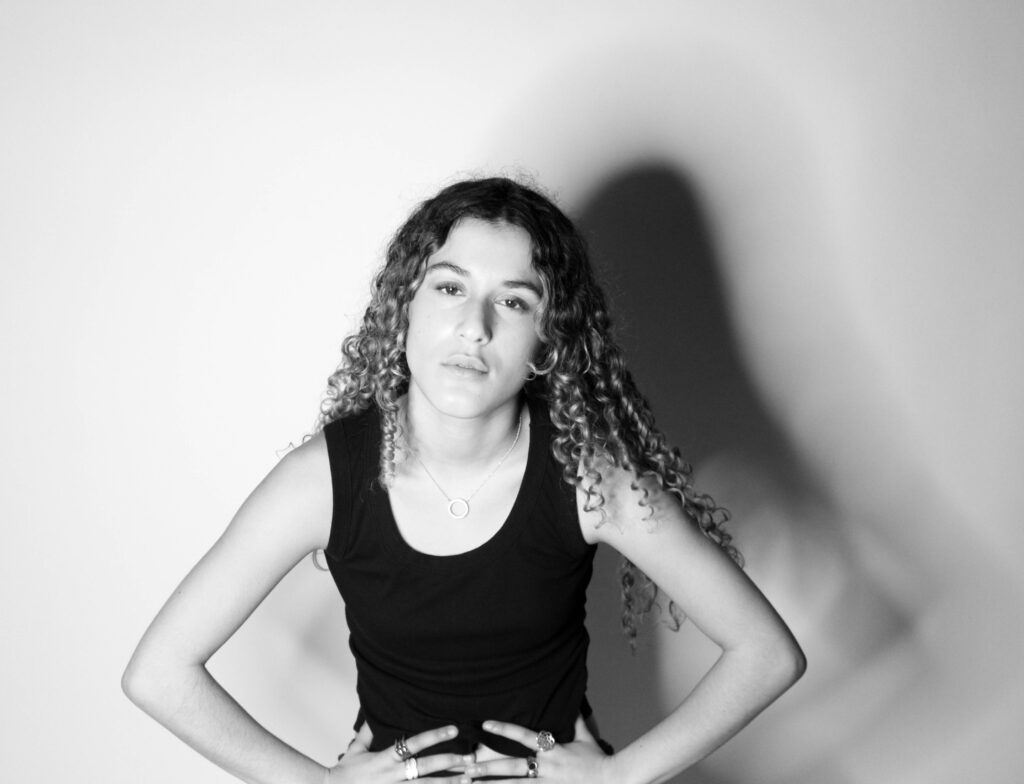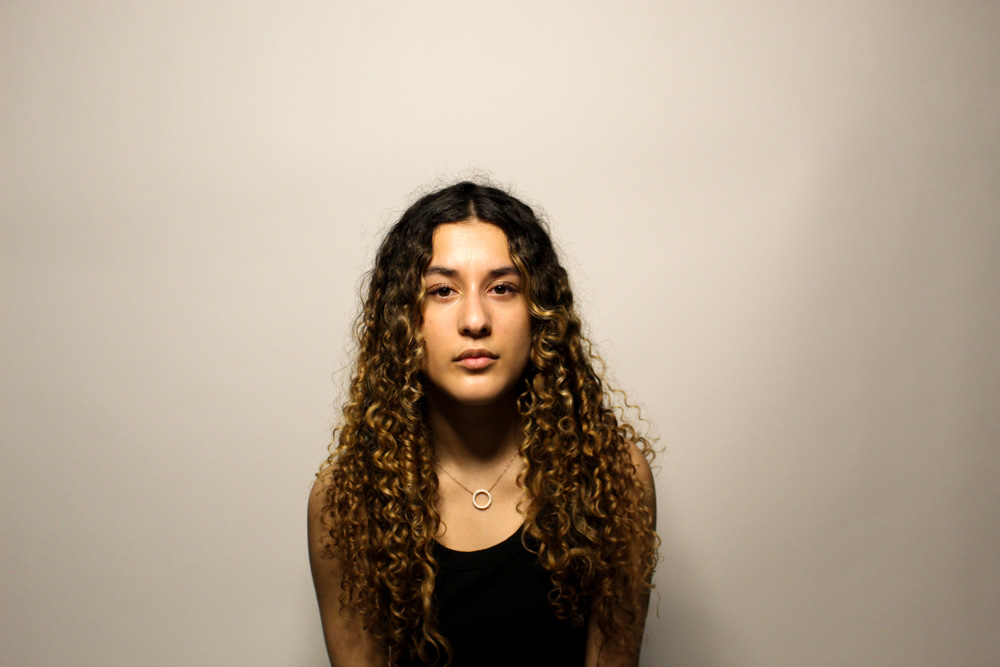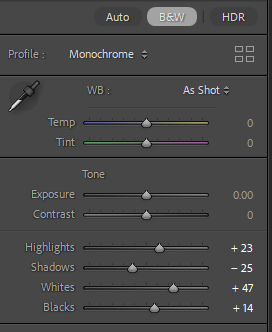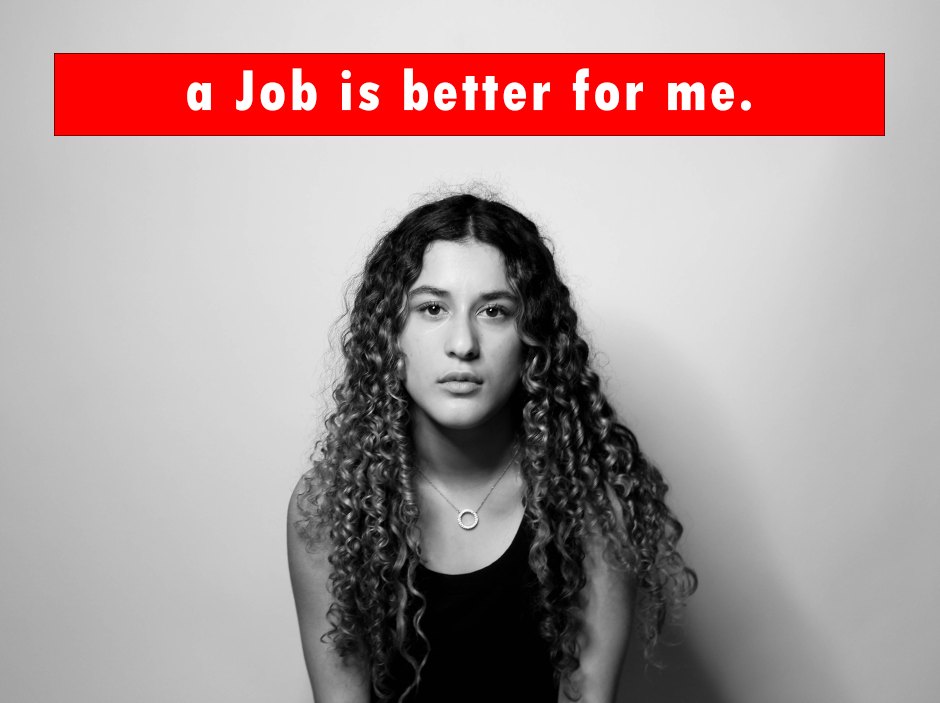I have made three different galleries for my final images which I have used to display both feminism and consumerism within all three.
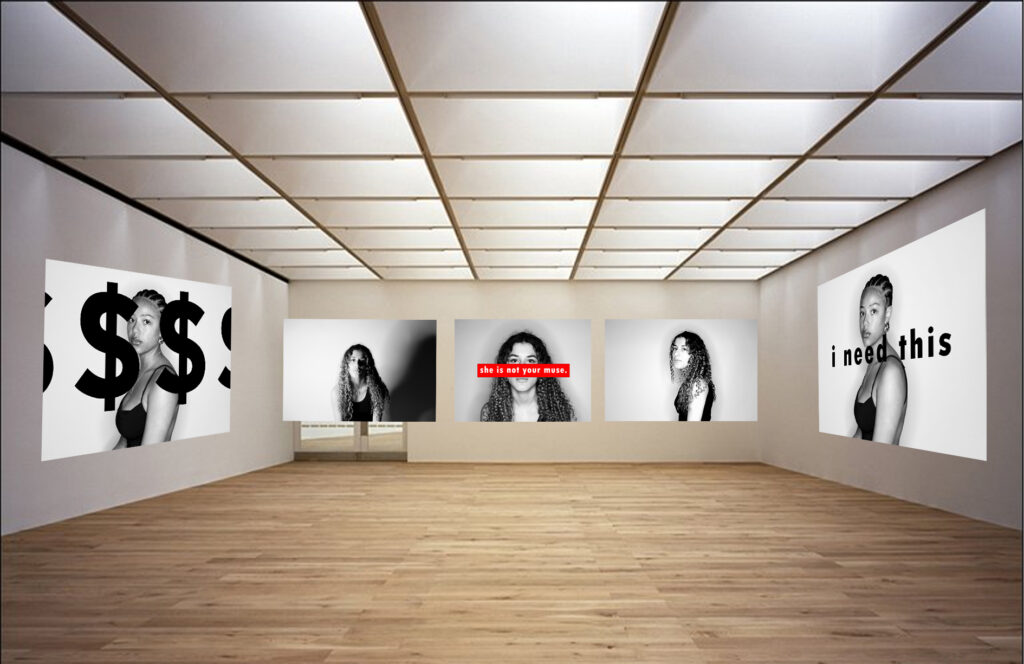
For my first gallery I have used two of my consumerism images and three feminism images. The consumerism images are opposite each other and the feminism images are all laid out across the back wall. I have used a mixture of both to represent both sides of my work in one.
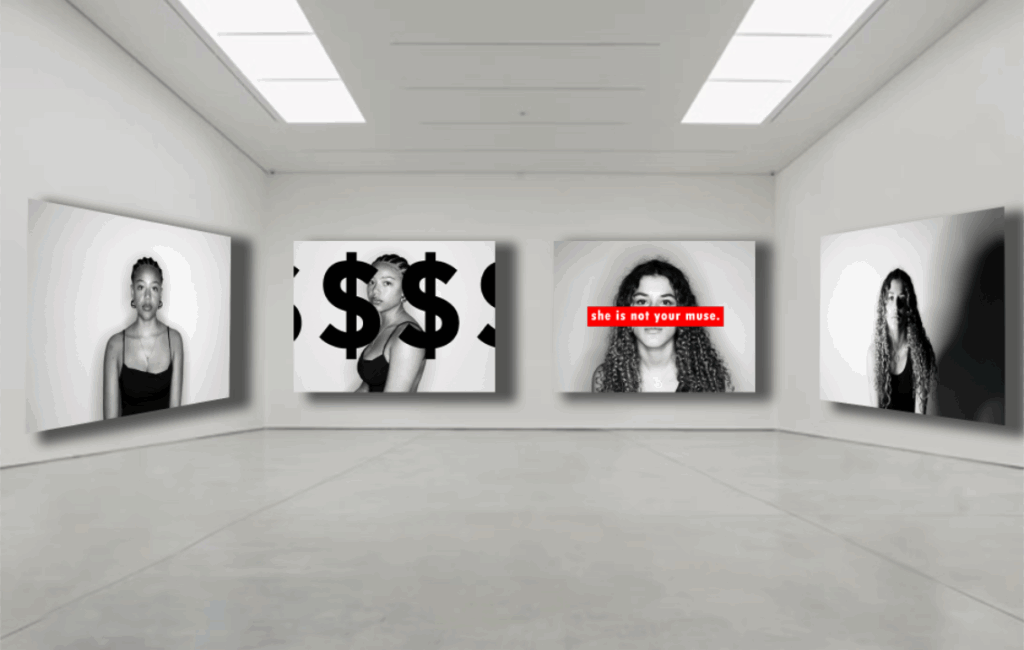
For this gallery I have used my favourite pictures I have created. They are all very simple images but all have their own strong messages. The two images on the outside are pictures which are both straight on from the camera, one with no shadows, the other with a strong shadow. The middle two images are my favourite images that are also straight on, but with text over the top.

These images are my favourite ones without text they are very simple, yet they strike you at the same time when in the gallery together. The two outer ones have been taken with the model sitting to the left then to the right, it is symmetrical. Then the middle two face shots with the woman staring into the camera, using lighting techniques to create different shadows and views of this woman. This gallery is made to look like these images are used to support the feminist idea of strong women, staring straight into the camera
Final Evaluation of my final pieces & prints
What went well:
My final outcome was successful and I think it fits the theme of ‘Union’ well. For my project the things I think were most effective things were the actual portrait images, and the lighting I used to do these. I think that the lighting techniques I used played a key part in my final outcome, with the different shadows and images with no shadows at all as it added dimension to my pictures. Another thing I believe went well was the simplicity of my images and how they are presented on my final prints with the simple, yet effective editing with strong statements and slogans, with minimal distractions from them.
What could be better:
The things I believe I could improve on was my mounting techniques, I could have done a window mount for my final project where it is more complicated and challenging to do, yet it could have potentially been more effective. Another thing I could have done better is maybe stray away from my artist inspiration and been more creative with my own editing techniques for my first photoshoot as they were similar to Barbara Krugers work.

